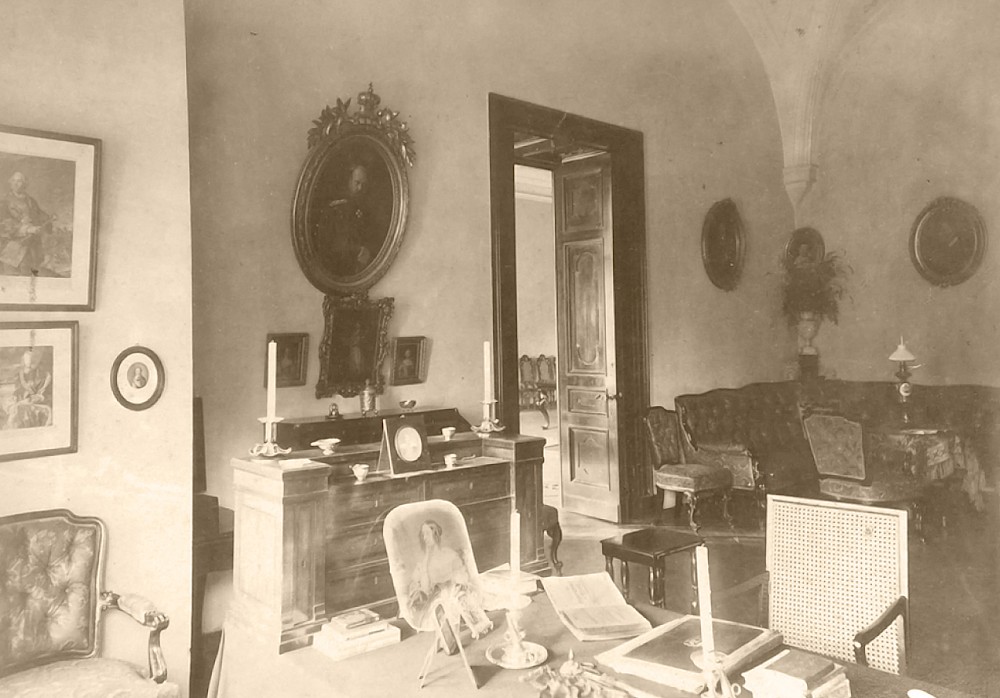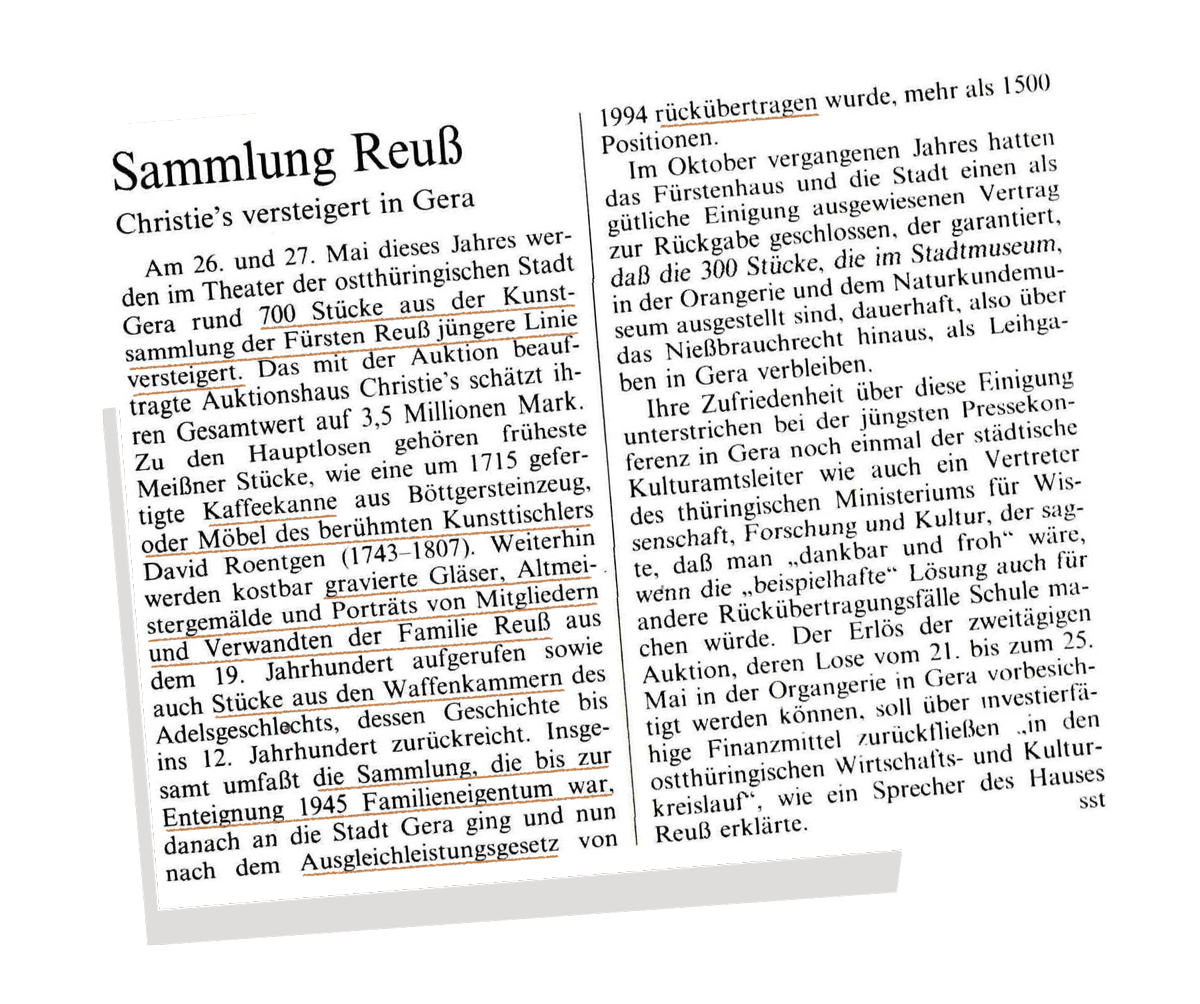They want none of this anymore?
Maria Hauser, Servant
![]()
Oh dear, this is one stuffed attic. The new lord and his wife have hardly arrived and are already busy rearranging the entire country house. Everything is supposed to be fancy and modern and all the old furniture has to go. This week, the other maids and I have packed all the light stuff and put it in the attic. Mercifully, the heavy beds and cupboards are the men’s task.
Oh, how I hate this armchair!
Gertrude Löffelholz, Housekeeper
![]()
Her Ladyship is completely besotted with this armchair – a piece of family history, she claims! Together with the manservant I had to take it down from the attic. But that was only the beginning of it: Now it has to be completely restored as the woodworms have made a feast of it. The cost of that! Her Ladyship always says: Only those who can afford it have got a history. Whatever that is supposed to mean…
My beloved silverware…
Ursula von Klagenfeld, House owner
![]()
The storm last week made a hole in the roof – I really don’t know how to pay for repairs anymore! Only thing I can think of is to sell the silverware with the elaborate rose ornament in the handle. My dear mother will spin in her grave, but what should I do? At least no one needs to know that it used to be mine. Fortunately, the auction house was quite discreet last time …



